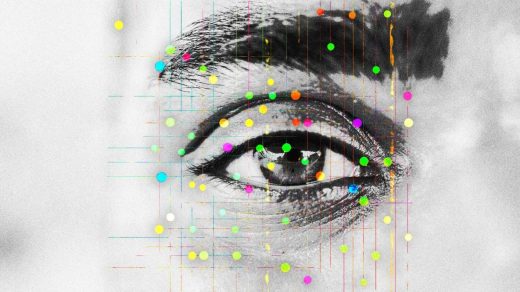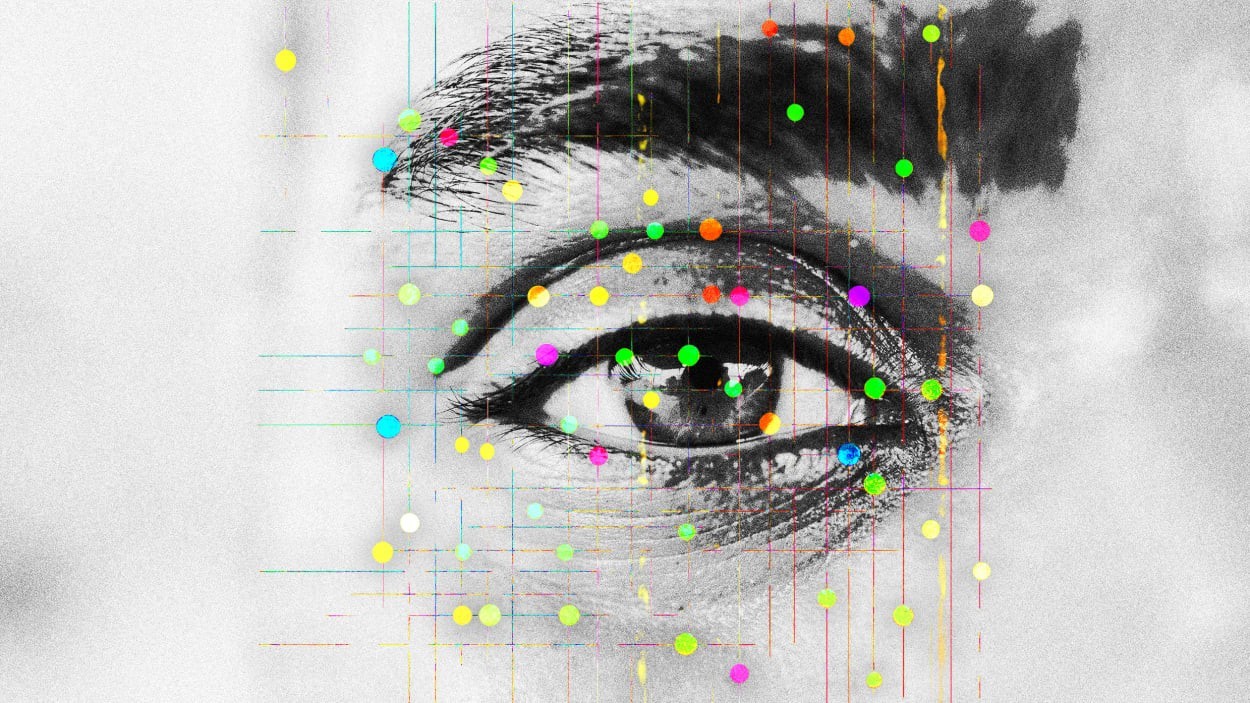There are 3 types of face recognition technology. This is what to know about them (and your privacy)
Face recognition technologies help identify and apprehend criminal suspects, enhance airport security, and streamline entrances to workplaces. As such, they’re some of the most useful and promising video surveillance applications available today.
The technology will become even more widespread as advancements in cloud computing and AI continue to enhance its accuracy and usability.
Despite its advantages, privacy concerns inevitably surround face recognition technology. In December, the City of Baltimore and the U.S. Senate initiated calls to restrict the use of the technology.
To promote greater understanding and to address legitimate concerns, organizations need to be transparent and forthcoming about how they’re using the technology, be diligent about privacy protections, and meet “opt-in” requirements.
The first step is to clear up confusion about the terminology. “Face recognition” is often used to describe different types of video surveillance face technology. There are three main types of face technology. We’ll explore how they’re used, and the importance of opt-in requirements for commercial use cases. Finally, we’ll take a look at the likelihood of restrictive legislation.
Three main types of video surveillance face technology
There are three types of video surveillance face technology: face extraction, face matching, and face recognition.
Face extraction, also known as face detection, determines if there is a face in a video image and identifies where in the image the face is located. The identity of the person whose face is pictured is not known by the system. The system is not connecting the image of the person’s face to a name, ID number, address, credit card, or financial information.
Face matching uses algorithms to find faces that are similar. The original face image may come from video or an external image. Face matching can be used to search historic video, multiple cameras, or live video. There is no name, ID number, credit card, address, or financial information connected to the face image. The person’s identity is not known. Face matching is comparable to matching people based on their clothes, walking gait, or items they are carrying, but uses the person’s face instead.
Face recognition connects the image of a person’s face with personal information by matching their facial image with information such as their identity, credit card records, government-issued ID, purchase history, travel history, or visit history. Face recognition can help an organization to verify a person is who they claim to be or to identify them on a camera.
Businesses should obtain opt-in permission for face recognition
Face extraction is useful to understand if, and when, a person is present in video footage. Face extraction is often used to store face images from a video stream so that the images are available for face matching, or for security personnel to review.
Face matching has a variety of use cases. It can be used to search for a criminal suspect before law enforcement knows their identity. Banks or retailers may leverage face matching as well, such as matching faces in their stores against previous shoplifters or offenders without knowing the name of those individuals.
Face recognition is often used to streamline access to a workplace or an apartment complex. Security cameras recognize a resident or employee’s face and automatically opens a door or a gate. To ensure privacy and transparency, it’s important that employees or residents “opt in” for use of the face recognition system. They should provide their employer or building management company express permission to utlize an image of their face. The person should be able to revoke permission, and should automatically be deleted from the system if they move or leave the company.
Retailers might encourage opt-in with customer loyalty programs. For example, a retail store could offer its patrons the opportunity to opt-in to a VIP program that uses face recognition. Whenever that customer visits the store, they are recognized by the security cameras and their transactions are recorded. They might be offered automatic discounts or have store clerks offer them new products based on their purchase history. This may be an attractive VIP program for the retail outlet and for the customer alike, but only if the customer opts-in to the program.
If the individual does not opt in, using face recognition to match a person’s face with their credit history, past shopping habits, or other information—even in the interest of improving customer service—is an invasion of privacy.
Drawing the line on the appropriate use of face recognition
What crosses the line in terms of the invasion of privacy is different for government versus commercial applications. Depending on the situation, it may or may not be appropriate to use face recognition without permission.
It’s clearly inappropriate for government agencies to facially recognize every person walking down the street and match them to a database. On the other hand, there are legitimate public safety uses for face recognition technology. The Transportation Security Administration (TSA) and law enforcement agencies leverage face recognition technology in their work to streamline security operations, and to identify and catch bad actors.
Calls for regulation
News stories around the world document the public’s concern about face recognition uses that invade personal privacy, are discriminatory, insecure, or that are intended for nefarious or unethical purposes.
Legislative bodies have responded with a variety of comprehensive and far-reaching proposals. The U.S. Congress reintroduced the Facial Recognition and Biometric Technology Moratorium Act in March, and European lawmakers reached an agreement on the EU IA Act in December.
The EU AI Act still needs final approvals, but the framework is in place. The U.S. Congress hasn’t yet achieved consensus on similar legislation. In the meantime, we may see Western countries adopting more targeted laws that require commercial companies to use face recognition only when people opt-in to such programs. My company, Eagle Eye Networks, believes that such legislation is inevitable.
Existing work from the Security Industry Association may be able to serve as a guiding light for lawmakers and others to see how face recognition technology can be beneficial in the public and private sector while also protecting personal privacy.
In the SIA Principles for the Responsible and Effective Use of Facial Recognition Technology, the association outlines essential requirements for both commercial and public use of facial recognition. The principles are:
As the use of face technologies increases, we look forward to beneficial applications that streamline everything from commerce to criminal investigations. At the same time, the risk of misuse is real. The call for regulation to protect privacy and prevent the unethical or malevolent use of video surveillance face technology is destined to gain momentum.
(13)



